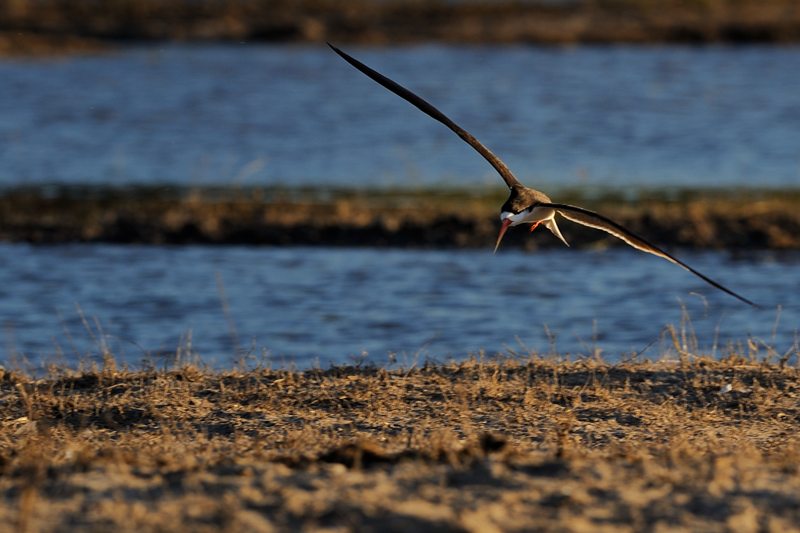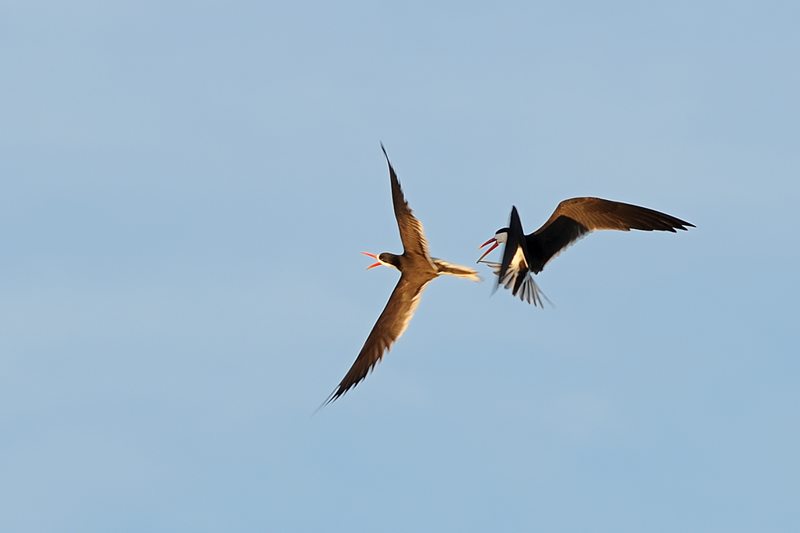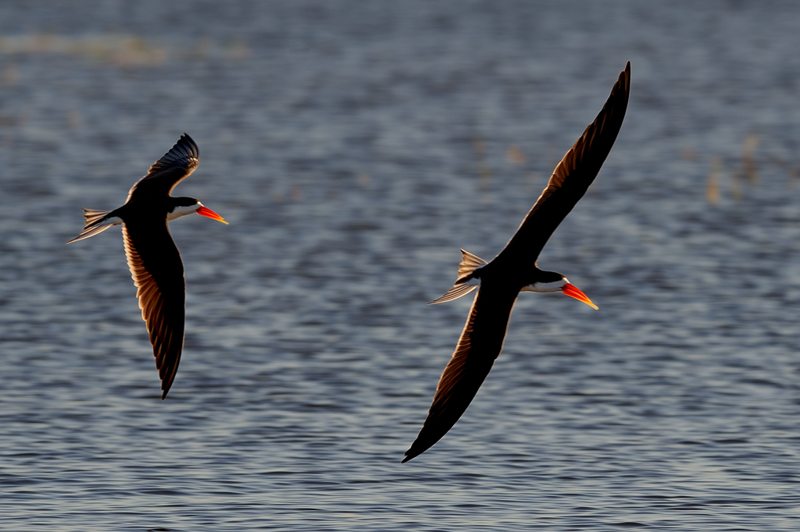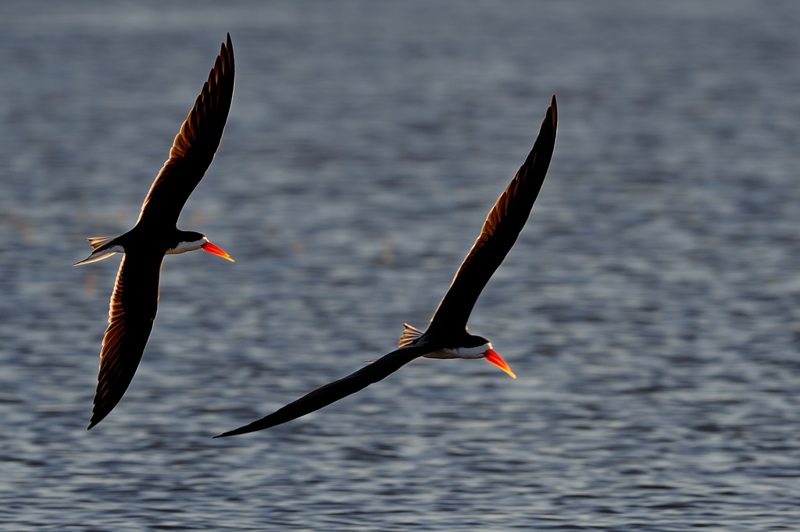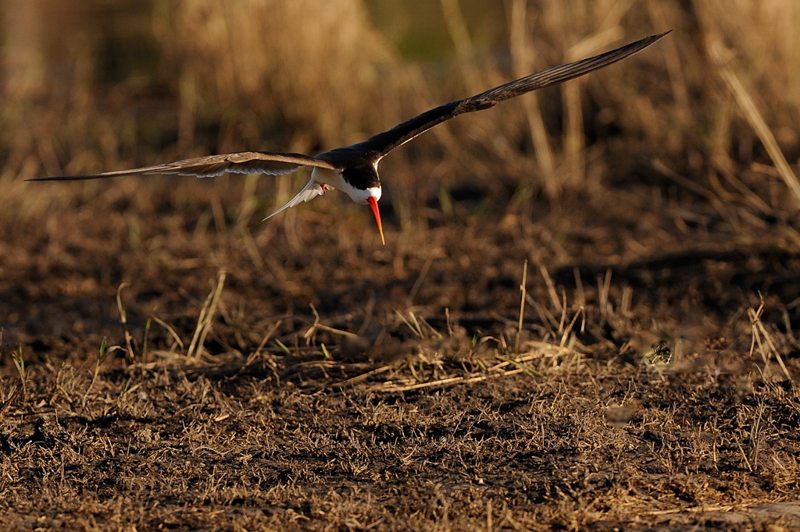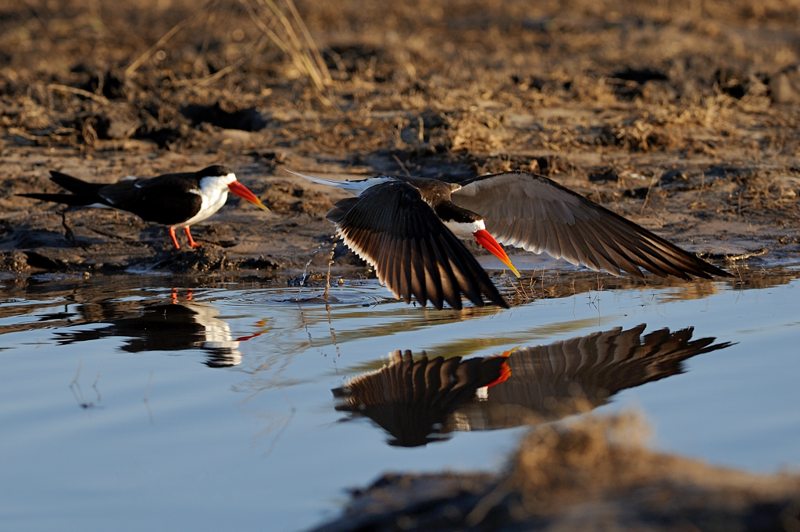I found a more reliable source for records in Limpopo South Africa:
http://www.birdlifepolokwane.co.za/incl ... r_2017.pdf
An influx of African Skimmers into the Limpopo Province
Derek Engelbrecht
The year 2016 saw the welcome return of African Skimmers as a breeding migrant in South Africa after a 73-year hiatus. Before 2016, the last confirmed breeding records of this iconic bird in South Africa were in October 1943 at Lake St Lucia in KwaZulu-Natal (Beven 1944). Although there have been sporadic sightings of mostly singletons over the years, the frequency of records has definitely shown a steady increase in the last decade or so. The boom year for skimmers in South Africa in recent years was 2014, when an unusually large ‘flock’ of four birds was recorded at Vaalkop Dam in the North West Province.
In 2016, a pair of African Skimmers had two breeding attempts at Albisini Dam in the Limpopo Province, South Africa (Engelbrecht and Mulaudzi 2017). Unfortunately, both attempts failed but, interestingly, another pair managed to fledge a chick at Nottingham Estate, just north of the Limpopo River in Zimbabwe at the same time. Even by Zimbabwean standards, the Nottingham Estate breeding record was unusually far south. Be that as it may, the pair at Albasini Dam left its shores towards the end of October 2016, presumably migrating north as the species is an intra-African migrant.
The first record of African Skimmers in South Africa in 2017 came from Makuleke Dam in the north-east on the 10th March 2017. In April 2017, Stefan de Meillon reported a pair of African Skimmers on the Letaba River in the Kruger National Park (Hardaker 2017a). While this pair remained in the Engelhardt Dam area during May and June, another single bird was reported at Bilene, just north of Maputo in Mozambique on 17th June 2017 (Hardaker 2017b).
Good news was received on the 5th July 2017 when the head guide at Letaba Rest Camp, John Adamson, reported an African Skimmer nest containing three eggs at Engelhardt Dam (Adamson 2017). Even better news followed on the 16th July 2017 when John Adamson observed a single chick in the nest. It is possible that a second chick went undetected by the author as two adults and two juveniles were observed at the site in late August 2017 (Hardaker 2017c). This breeding attempt was a case of third time lucky for African Skimmers breeding in South Africa as, following the two failures recorded by Engelbrecht and Mulaudzi (2017) in 2016, the Engelhardt Dam pair was the first pair in 74 years to successfully fledge young on South African shores. Furthermore, as far as I could establish, this record is also a new addition to the list of breeding birds in the Kruger National Park! It is worth noting that there had been regular sightings of two African Skimmers on the Letaba River at Shimuwini Bush Camp, about 40 km upstream from the Engelhardt Dam pair, throughout the winter of 2017 and these two birds may well be a different pair (Adamson 2017). Yet another single African Skimmer was seen and photographed by Renier Balt flying along the Sabie River in the Kruger National Park on the 30th July 2017 (Hardaker 2017d).
As if these records were not enough, a group of seven African Skimmers was seen at a dam outside Phalaborwa on the 30th July 2017 (Hardaker 2017d). A few days later, it was confirmed that at least three pairs were nesting at this site (Hardaker 2017e)! On 12th August 2017, another pair of African Skimmers was seen mating at Banana Dam at Letaba Estates (Johan Botma and Dalena Mostert, pers. comm.) and on 25th August 2017 we found a nest containing four eggs. The records just kept pouring in as another pair was seen and photographed at the Middle Letaba Dam near Giyani on the 23d August 2017.
This influx and breeding of African Skimmers at multiple sites in South Africa are encouraging and we can only hope that this is the start of a long-term return of African Skimmers as a breeding migrant to South Africa. At the time of writing this, I still don’t have details about the success of the breeding attempts at Phalaborwa and Letaba Estates, but these nests are monitored and hopefully I will have some more good news in the next issue of The Lark.







